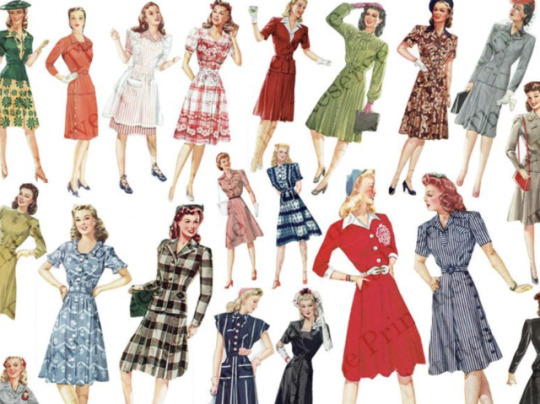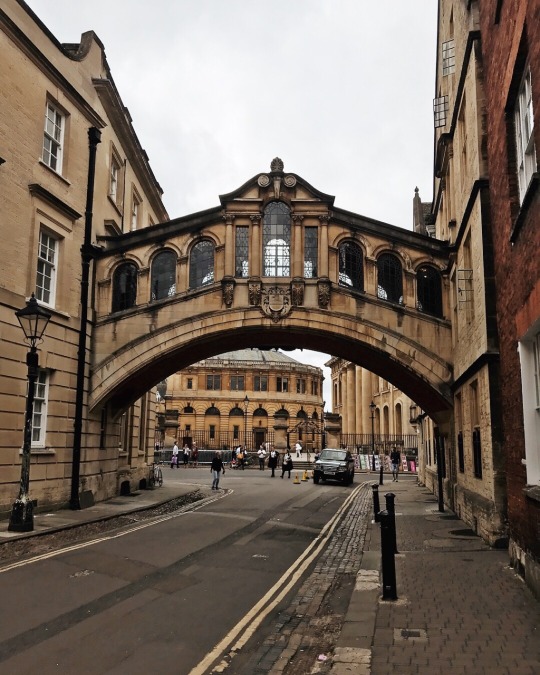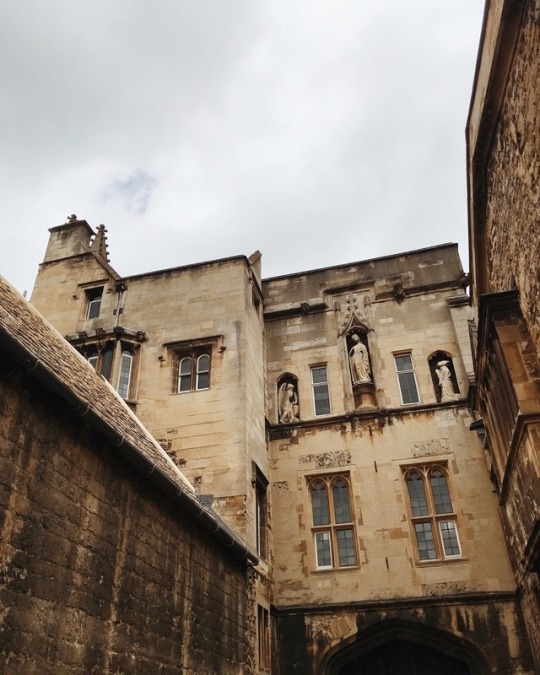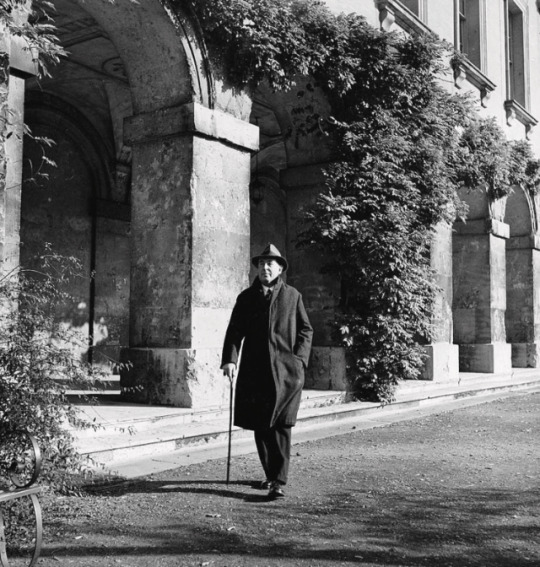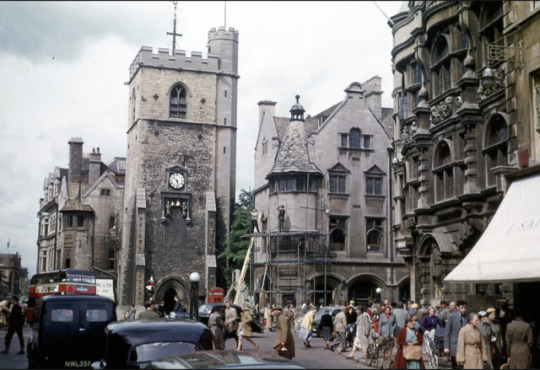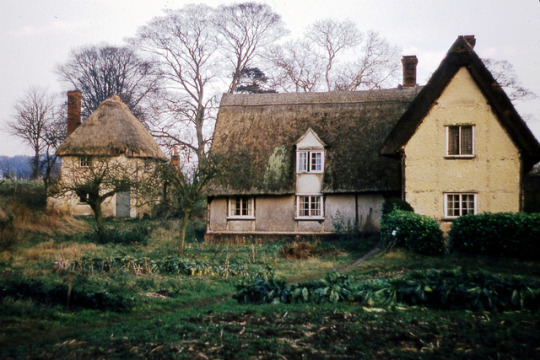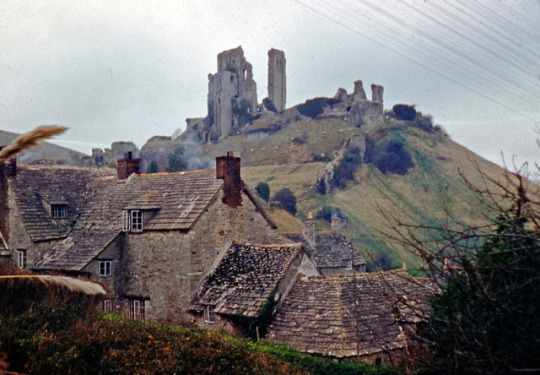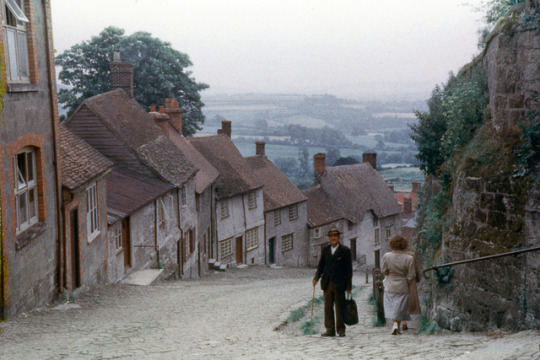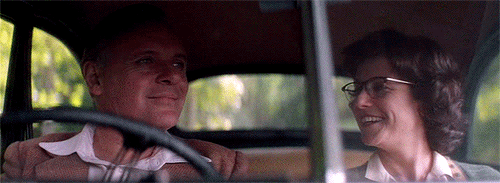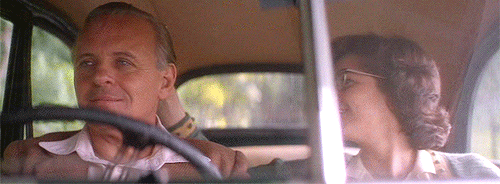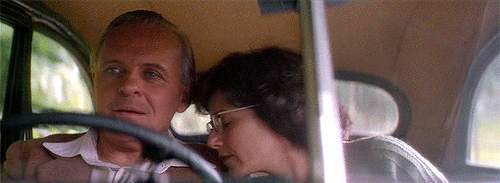The play is about the relationship between Oxford Professor and author C. S. Lewis and the American writer Joy Gresham.
Don't wanna be here? Send us removal request.
Quote
Abby Sherlock Dramaturgy Class Prof. Jim Carmody 1. Why this play a. When I saw this play, I went with my mother to see it in a tiny theatre in New York that could hold barely 50 people. It is intimate and quiet. (She originally wanted to see in since she loved the BBC movie) It does focus on the religious aspects of the storyline but more so the deep love of the characters. An interesting point personally of the play was the deep exploring of the psychology of a public figure and the traits associated with him. One with such a mythos as Lewis which for studying has made it difficult but also with lots of sources to help out. I think the play is important since it forces us to consider how we categorize people, and automatically what we believe about them. Like how we as an audience have a pre-conceived notion of what Lewis is as a person before we step in the door, so too does Lewis himself have of Joy before they meet. He believes her to be quite over-bearing and is a little frightened of how “much” she is, but it is later that zest that he loves all the more. i. Delving more into the love story of the play which has been making up the later part of my research for the quarter. ii. The love in the play is placing courtly ole romanticized and idealized love both Joy and Jack have for the entire concept under the gauntlet of a modern terror that of bone cancer. Still not completely understood (The first cancer virus was 1968 which was almost a decade after Joy died.) Doctors had some understanding but truly the diagnosis was a death sentence. She went to radiation treatment but its truly just waiting to pass the time. 2. Why this play now? a. I think breaking down archetypes and commonly thought of beliefs is hugely important for today’s political – social world. Either of ageism, (All of Jack’s friends say he is way too old to get involved romantically, marriage (even being friends with Joy when she’s divorced, the Church of England still didn’t approve), gender, (Joy having to deal with all of Jack’s pretty sexist friends). Looking more deeply at history and the figures that make it up. Any time we can look in the past and see people as more alive and less as cardboard cutouts is a win for empathizing more and understanding. 3. For who? a. I believe this play does specially go to a British audience or at least a Anglophile like demographic but also to writers, creatives, academics, religious folks or anyone who has enjoyed a good book or story. Probably older and the topics are pretty sad but there isn’t like rated R content within. A college aged audience shouldn’t be cast here at UCSD but it would 100% do really well at some place like the La Jolla Playhouse. 4. What are the problems? a. It’s not diversely racially or gender wise for today which I think is sometimes a hard sell today, it’s a bunch of old English upper crust men. But I think to understand the environment and sexism that Joy finds when she comes into their discussions it helps to also cast that way also to feel more what she probably felt. (As a foreigner, (American), woman, divorced (still not accepted in the church) and not a Professor. (Had a Masters but not a PHD.) Battling multiple intersectional stigmas against her. 5. Sets, costumes, lighting a. I think keeping as close possible to what the world was like in the 1950s is important since the play’s effects deal with “modern” news of their time. (They talk about Princess Margaret and her ill fated romance with Peter Townsend.) The Kilns vs Oxford vs The Hospital vs Greece vs Hotel Ballroom It is very period specific and wouldn’t make sense to take it out of it’s location or year since that is so integral to the story and its plot. Lighting is bright but is so vital to the play since the shadowlands which Jack discusses at the beginning and the end of the play are his thoughts on reality after Joy leaves his life. His interest in them is less since she isn’t there with him anymore. By putting the two same monologues at the beginning and the end, its hugely important that the lighting shows that.
9 notes
·
View notes
Photo
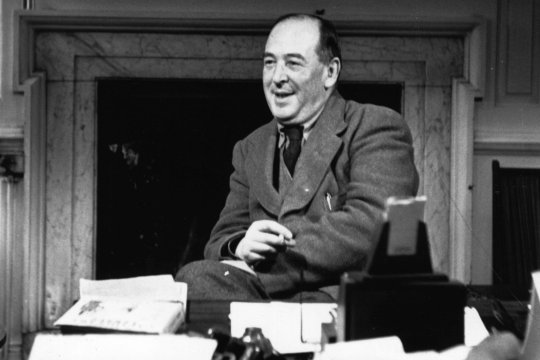
“Friendship is born at the moment when one person says to another: ‘What? You too! I thought that no one but myself…’“
- C.S. Lewis
1K notes
·
View notes
Photo
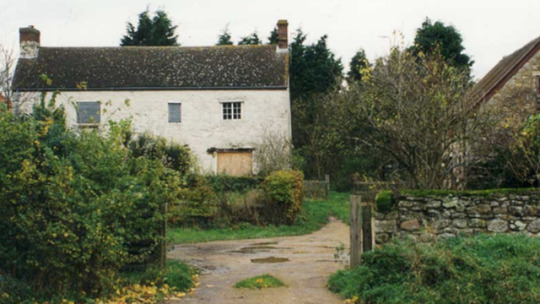
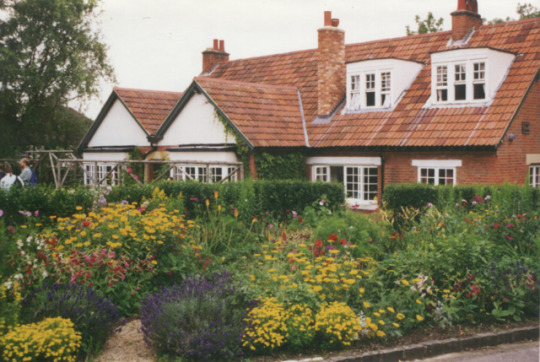
https://en.wikipedia.org/wiki/Headington_Quarry (2nd house is The Kilns, Lewis’s House)
0 notes
Text
Supermarkets, bathrooms and TV’s oh my!
http://www.localhistories.org/1950s.html
0 notes
Text
The Top 10s of England in the 1950s
https://www.telegraph.co.uk/culture/culturenews/9287857/The-Diamond-Decades-The-1950s.html
1950s bestselling albums
1 South Pacific Soundtrack 1958
2 My Fair Lady Broadway cast 1956
3 The King and I Soundtrack 1956
4 A Swingin’ Affair Frank Sinatra1957
5 Pal Joey Soundtrack 1957
6 King Creole Elvis Presley 1958
7 Carousel Soundtrack 1956
8 Songs for Swingin’ Lovers Frank Sinatra 1956
9 This is Sinatra! Frank Sinatra 1956
10 The Tommy Steele Story Tommy Steele 1957
Bestselling singles
1 Rock Around the Clock Bill Haley & His Comets 1955
2 Diana Paul Anka 1957
3 Mary’s Boy Child Harry Belafonte 1957
4 The Harry Lime Theme (from The Third Man) Anton Karas 1950
5 What Do You Want to Make Those Eyes at Me For Emile Ford & the Checkmates 1959
6 Jailhouse Rock Elvis Presley 1958
7 What Do You Want Adam Faith 1959
8 Living Doll Cliff Richard 1959
9 All Shook Up Elvis Presley 1957
10 All I Have to Do is Dream / Claudette The Everly Brothers 1958
Top movies
1 South Pacific 1958
2 The Ten Commandments 1957
3 The Blue Lamp 1952
4 The Greatest Show on Earth 1952
5 The Bridge on the River Kwai 1957
6 The Great Caruso 1951
7 Doctor in the House 1954
8 Carry on Nurse 1959
9 High Society 1956
10 I’m All Right Jack 1959
Top West End shows
1 The Mousetrap 1952
2 Salad Days 1954
3 My Fair Lady 1958
4 Irma La Douce 1958
5 Little Hut 1950
6 Sailor Beware 1955
7 Cat on a Hot Tin Roof 1956
8 Beyond the Fringe 1957
9 West Side Story 1958
10 London Laughs 1952
0 notes
Text
The Guardian
https://www.theguardian.com/stage/2019/may/03/shadowlands-review-hugh-bonneville-cs-lewis
0 notes
Text
British Theatre Guide
https://www.britishtheatreguide.info/reviews/shadowlands-chichester-fest-17516
0 notes
Photo
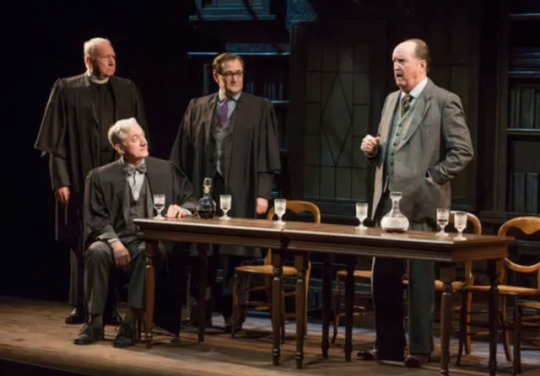
Acorn Theatre Production:
C.S. Lewis - Daniel Gerroll
Joy Davidman - Robin Abramson
Major W. H. Lewis "warnie" - John C. Vennema
Prof. Christopher Riley - Sean Gormley
Rev. Harry Harrington - Dan Kremer
Nurse, Registrar - Stephanie Cozart
Dr. Oakley, Waiter, Clerk, Priest - Daryll Heysham
Alan Gregg, Doctor - Jacob H. Knoll
Douglas -Jack Mccarthy, Jacob Morrell, Amy Bizjak, John Little
Scenic Design - Kelly James Tighe
Costume Design - Michael Bevins
Lighting Design - Aaron Spivey
Original Music & Sound Design - John Gromada
Executive Producer - Ken Denison
Directed - Christa Scott-Reed
0 notes
Photo
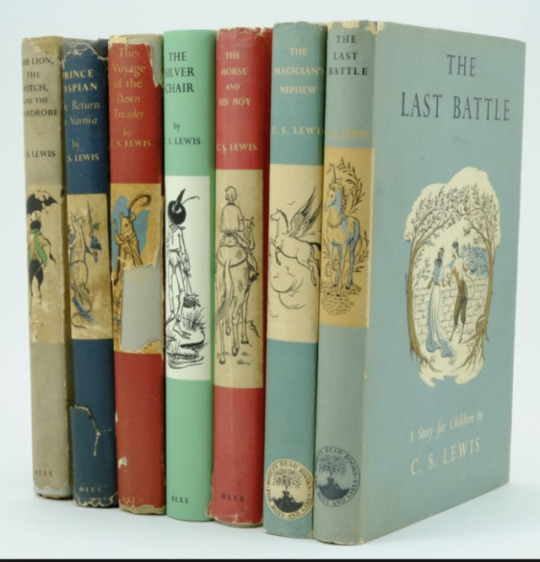
First Edition - Narnia . - Books were done by the late 1950s.
0 notes
Text
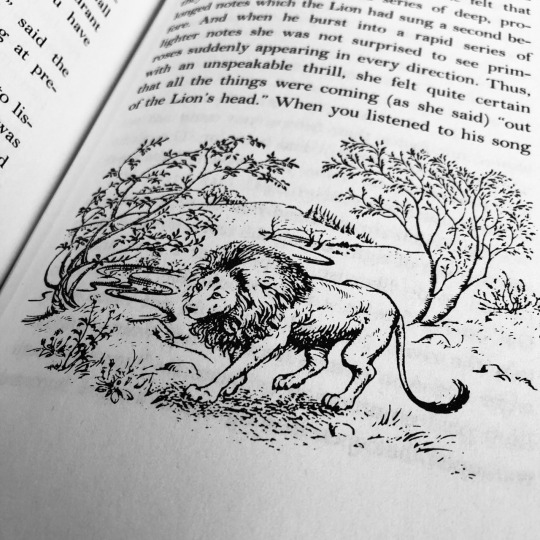
“What you see and what you hear depends a great deal on where you are standing. It also depends on what sort of person you are.”
C.S. Lewis, “The Magician’s Nephew”
2K notes
·
View notes
